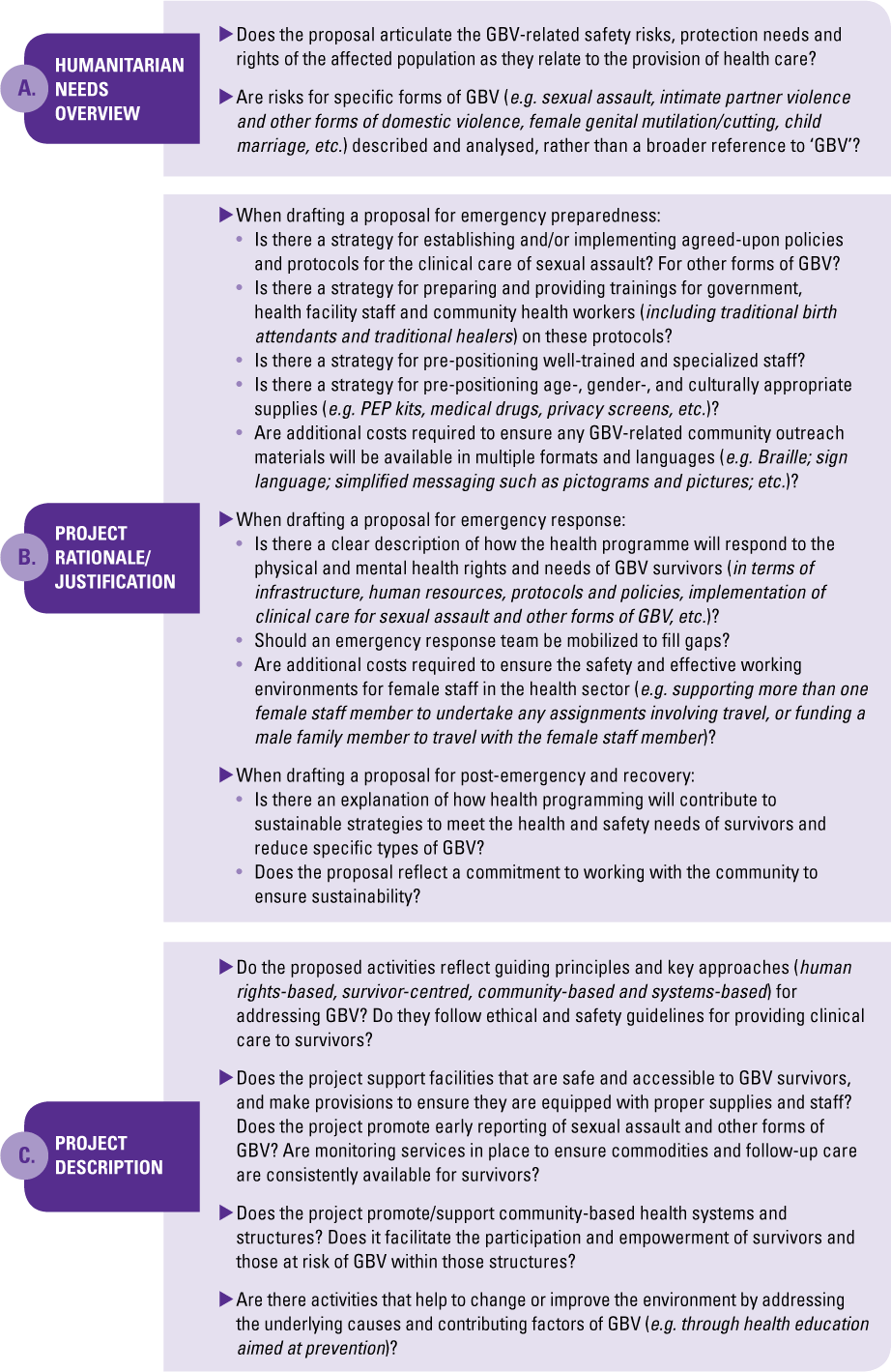As with all humanitarian programming, funding for GBV risk mitigation is critical. Ensuring that GBV risk mitigation activities are funded from the earliest stage of response allows us to deliver programming as safely as possible.
As with all humanitarian programming, funding for GBV risk mitigation is critical. Ensuring that GBV risk mitigation activities are funded from the earliest stage of response allows us to deliver programming as safely as possible.
Mitigating GBV risks associated with programming not only improves participants’ safety and well-being, but can improve access to services and sector-specific outcomes as well. While not all GBV risk mitigation-related activities cost money, some do, and funding is required to ensure that the project being proposed is as safe and effective as possible. In addition, donors are increasingly demanding emphasis on GBV risk mitigation in the proposals they review. GBV risk mitigation should be included in all humanitarian funding proposals, regardless of sector.
Needs assessment
Project rationale, objectives and/or activities
M&E section/indicators
While most donors are increasingly supportive of or even requiring GBV risk mitigation in projects they fund, some may still see GBV risk mitigation as primarily a GBV specialized activity. In these cases, sector specialists should be prepared to justify inclusion of risk mitigation in sector-specific proposals.
(non-exhaustive)
(non-exhaustive)
Hardware
Software

Increasingly, key donors such as USAID’s Bureau of Humanitarian Affairs and U.S. State Department’s Bureau for Population, Refugees and Migration are requiring that proposals integrate GBV risk mitigation.
This site is always being updated, so please check back often for new additions, tools, and resources!
Copyright © 2025 • GBV Guidelines